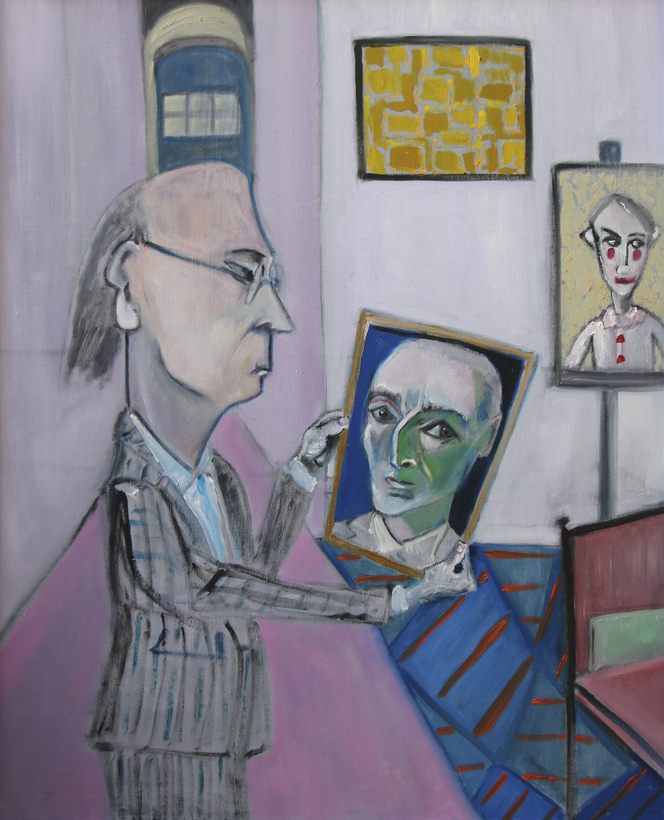If you want to get hifalutin about it, his full handle, complete with title, is Sir Michael Edward Lindsay-Hogg, fifth Baronet—an impressive mouthful. Known to us more modestly as Michael Lindsay-Hogg, he made his imprint as a film-and-stage director who placed himself at the service of the material, however volatile and unruly, and let the action breathe within the frame.

His film career is a split-level affair. Downstairs, he’s the pioneer rockumentarian who directed The Rolling Stones Rock and Roll Circus (filmed in 1968), a supergroup variety special in which the headliners were upstaged by the pandemonious Who, and Let It Be (1970), where the Beatles said their wan good-byes with a rooftop concert above Savile Row. Upstairs, he’s the jewel setter for the peerless British ensemble acting of Nasty Habits (1977), the Watergate satire set in a convent, and television’s magisterial Brideshead Revisited (1981). For the stage, L-H directed the original production of Larry Kramer’s AIDs drama The Normal Heart (1985), which alone earns him landmark status.
It is as a painter that Lindsay-Hogg’s pictorial eye, untethered by the imperatives of script and production, has found freer reign to express its own hunches and whims. His solo and group portraits, often framed as close-ups and double shots, employ madcap colors, comic peculiarities (a man in a Batman cowl smoking a pipe), and slightly off body positionings that cast a spell somewhere between dream and cartoon. You look at the portraits and they look back slightly askance, as if distracted by their own private doings. Even with a still image, Lindsay-Hogg, an ageless 79, invests the frame with enigma and intrigue. —James Wolcott

